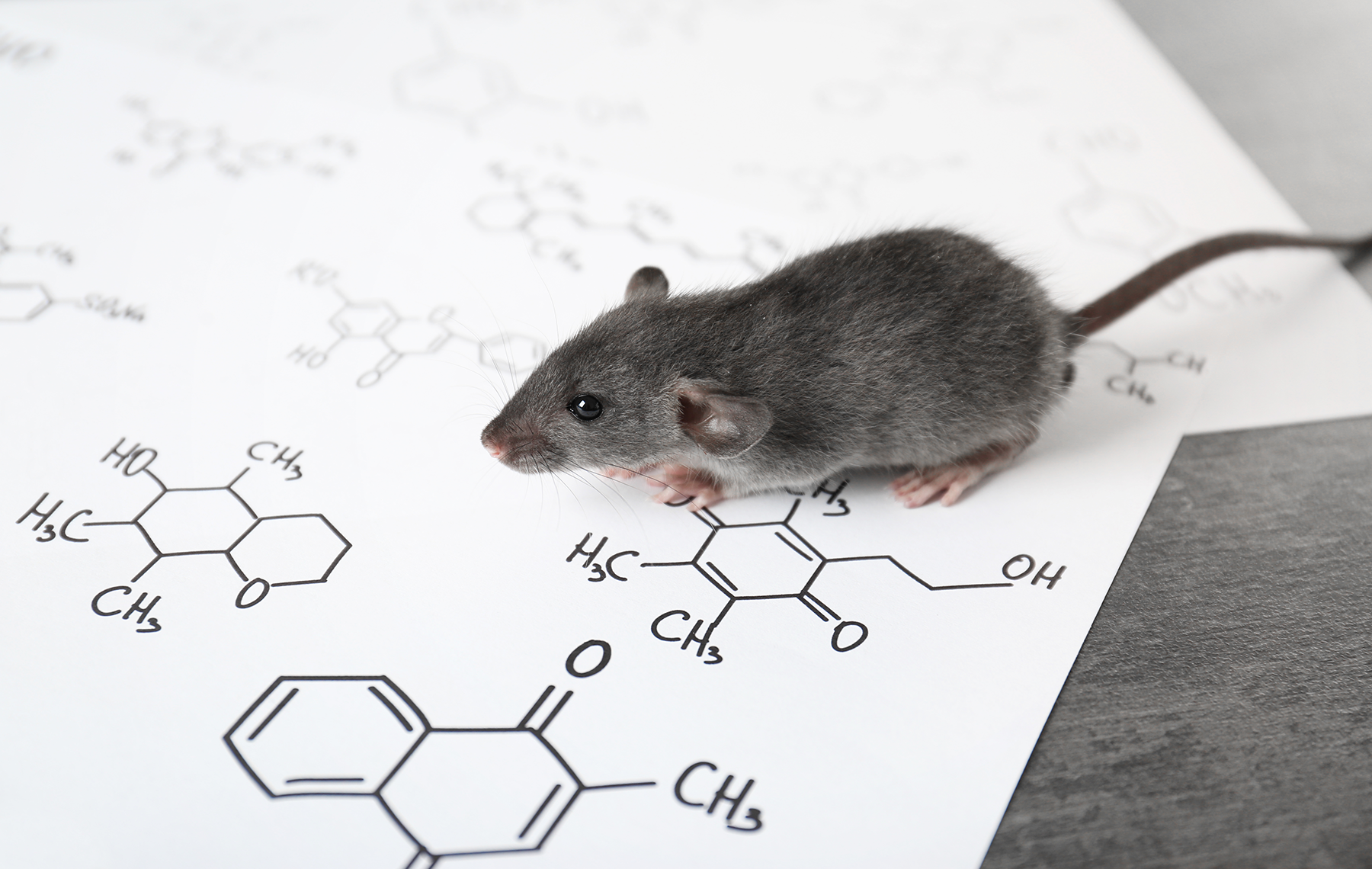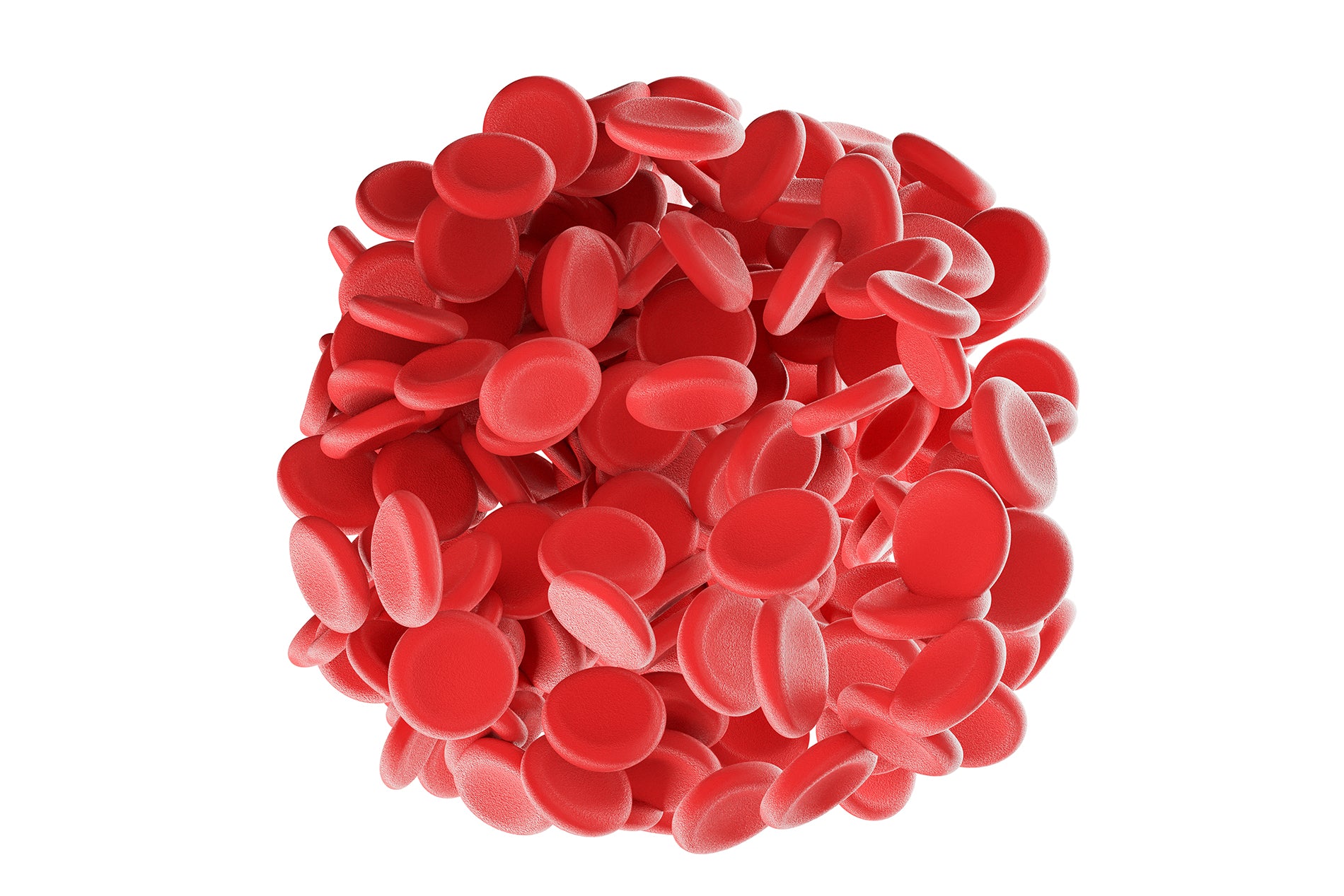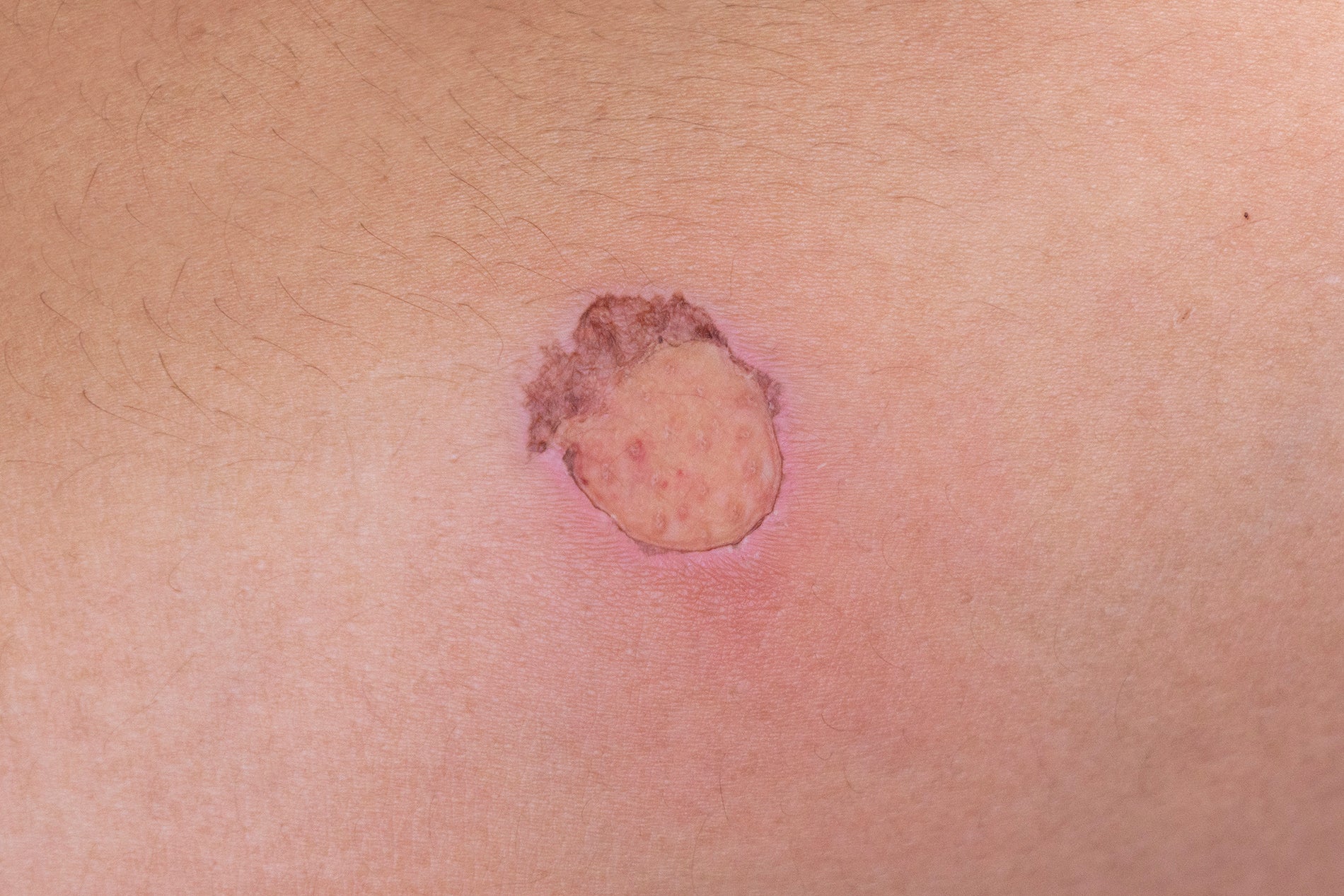
Topical Hypochlorite Ameliorates NF-kB-Mediated Skin Diseases in Mice
The Journal of Clinical Investigation
November 15, 2013
Abstract
Nuclear factor-κB (NF-κB) regulates cellular responses to inflammation and aging, and alterations in NF-κB signaling underlie the pathogenesis of multiple human diseases. Effective clinical therapeutics targeting this pathway remain unavailable. In primary human keratinocytes, we found that hypochlorite (HOCl) reversibly inhibited the expression of CCL2 and SOD2, two NF-κB–dependent genes. In cultured cells, HOCl inhibited the activity of inhibitor of NF-κB kinase (IKK), a key regulator of NF-κB activation, by oxidizing cysteine residues Cys114 and Cys115. In NF-κB reporter mice, topical HOCl reduced LPS-induced NF-κB signaling in skin. We further evaluated topical HOCl use in two mouse models of NF-κB–driven epidermal disease. For mice with acute radiation dermatitis, topical HOCl inhibited the expression of NF-κB–dependent genes, decreased disease severity, and prevented skin ulceration. In aged mice, topical HOCl attenuated age-dependent production of p16INK4a and expression of the DNA repair gene Rad50. Additionally, skin of aged HOCl-treated mice acquired enhanced epidermal thickness and proliferation, comparable to skin in juvenile animals. These data suggest that topical HOCl reduces NF-κB–mediated epidermal pathology in radiation dermatitis and skin aging through IKK modulation and motivate the exploration of HOCl use for clinical aims.
Introduction
Hypochlorite (HOCl) is used worldwide in homes, health care offices, and swimming pools in concentrations ranging between 0.005% and 6%. Dilute HOCl baths (0.005% v/v) are used for treating human atopic dermatitis (1), but it remains controversial whether disease improvement reflects anti-inflammatory or antimicrobial effects (2). HOCl functions as an oxidant and may interfere with cellular signaling processes by oxidizing key mediator(s). We and others have previously shown that nuclear factor-κB (NF-κB) activates proinflammatory gene programs (3, 4) and that NF-κB transcriptional activity is sensitive to intracellular reduction-oxidation (redox) conditions (5). Thus, HOCl may modulate NF-κB signaling and inflammatory responses in the skin.
NF-κB is activated by a wide variety of stimuli including TNF, LPS, and ionizing irradiation (6). NF-κB plays an integral role in important and diverse processes, including human inflammatory responses, immune system development, apoptosis, and aging. In resting cells, NF-κB is a dimeric protein sequestered in the cytoplasm via its association with inhibitory proteins called inhibitors of NF-κB (IκB). The IκB kinase (IKK) complex mediates IκB protein phosphorylation and is composed of two catalytic subunits, IKKα and IKKβ. Upon cell stimulation, IκB proteins are phosphorylated, ubiquitinated, and degraded. NF-κB then enters the nucleus and activates appropriate target genes.
Previous work has revealed a role for NF-κB in skin development, aging, and radiation response. Mice with a skin-restricted genetic NF-κB deletion (7) or with overexpression of an inhibitor of NF-κB exhibited epidermal hyperplasia, increased cell proliferation, and normal keratinocyte maturation (8, 9). Moreover, mice with a skin-restricted genetic deletion of IKKα οr IKKβ also demonstrated epidermal hyperplasia and disrupted skin homeostasis (10). With age, NF-κB activity increases in many tissues. Conditional genetic inhibition of NF-κB in aged mice restored molecular and cellular features of juvenile skin, and in two different mouse models of accelerated aging, the inhibition of NF-κB delayed age-related phenotypes (11–13). Finally, ionizing irradiation initiates cellular responses driven by classical activation of NF-κB and can induce radiation dermatitis, a common adverse side effect in patients undergoing radiation therapy that has no standardized clinical treatment (10, 14, 15). Therefore, direct inhibitors of the NF-κB pathway should be useful in clinical medicine.
Here, we demonstrate that dilute HOCl oxidizes and inhibits IKK function in vitro and in vivo. This inhibitory effect was lost in cells where endogenous IKKβ was replaced with a Cys114-115 to Ala114-115 mutant. Strikingly, dilute HOCl baths helped treat or ameliorate two NF-κB–driven conditions in mice: acute radiation dermatitis and aging. Our findings provide a mechanistic basis for understanding the efficacy of HOCl in human diseases like atopic dermatitis and show that HOCl could be used in other NF-κB–driven disease processes.
Results
HOCl reversibly inhibits TNF-α–stimulated NF-κB–dependent gene expression in human keratinocytes. To test whether HOCl modulates NF-κB signaling, we measured the induction of established NF-κB–dependent inflammatory genes CCL2 (chemokine ligand-2 or MCP-1) and SOD2 (superoxide dismutase 2) in primary human keratinocytes stimulated with TNF-α. Exposure of human keratinοcytes to 0.005% HOCl for 1 hour prior to TNF-α stimulation eliminated the induction of both genes (Figure 1A). Cell death was not increased in HOCl-treated cells, and HOCl did not alter the media pH, which can affect TNF-α responsiveness (Figure 1B). By contrast, CCL2 and SOD2 mRNA induction were unaffected in keratinocytes exposed to HOCl for 1 hour and then treated with TNF-α 24 hours later, suggesting that HOCl effects are reversible (Figure 1C). Thus, HOCl reversibly inhibited TNF-α–stimulated NF-κB–dependent gene induction in primary human keratinocytes.
Full Publication


